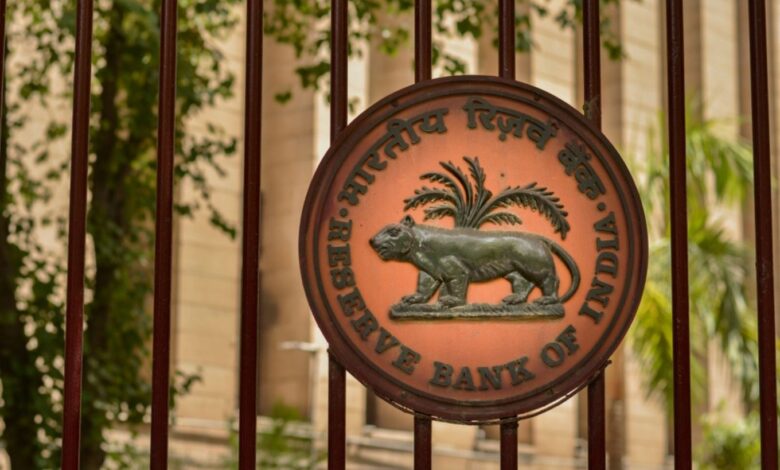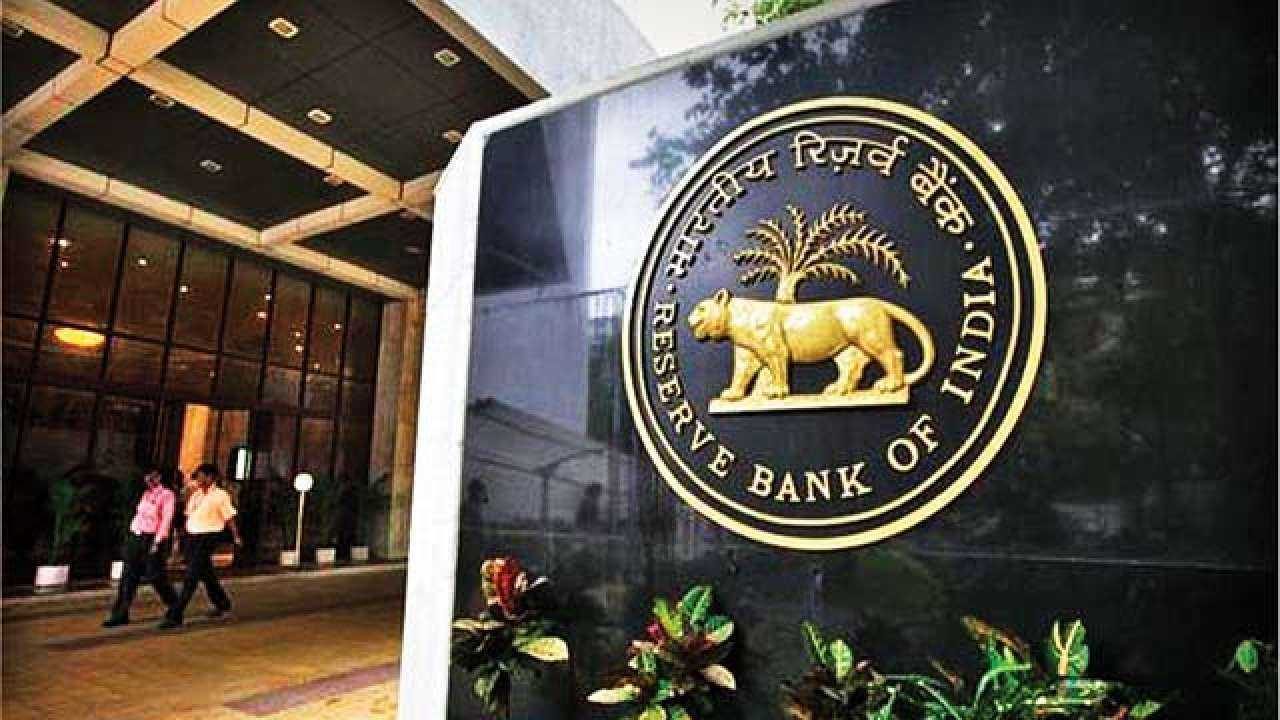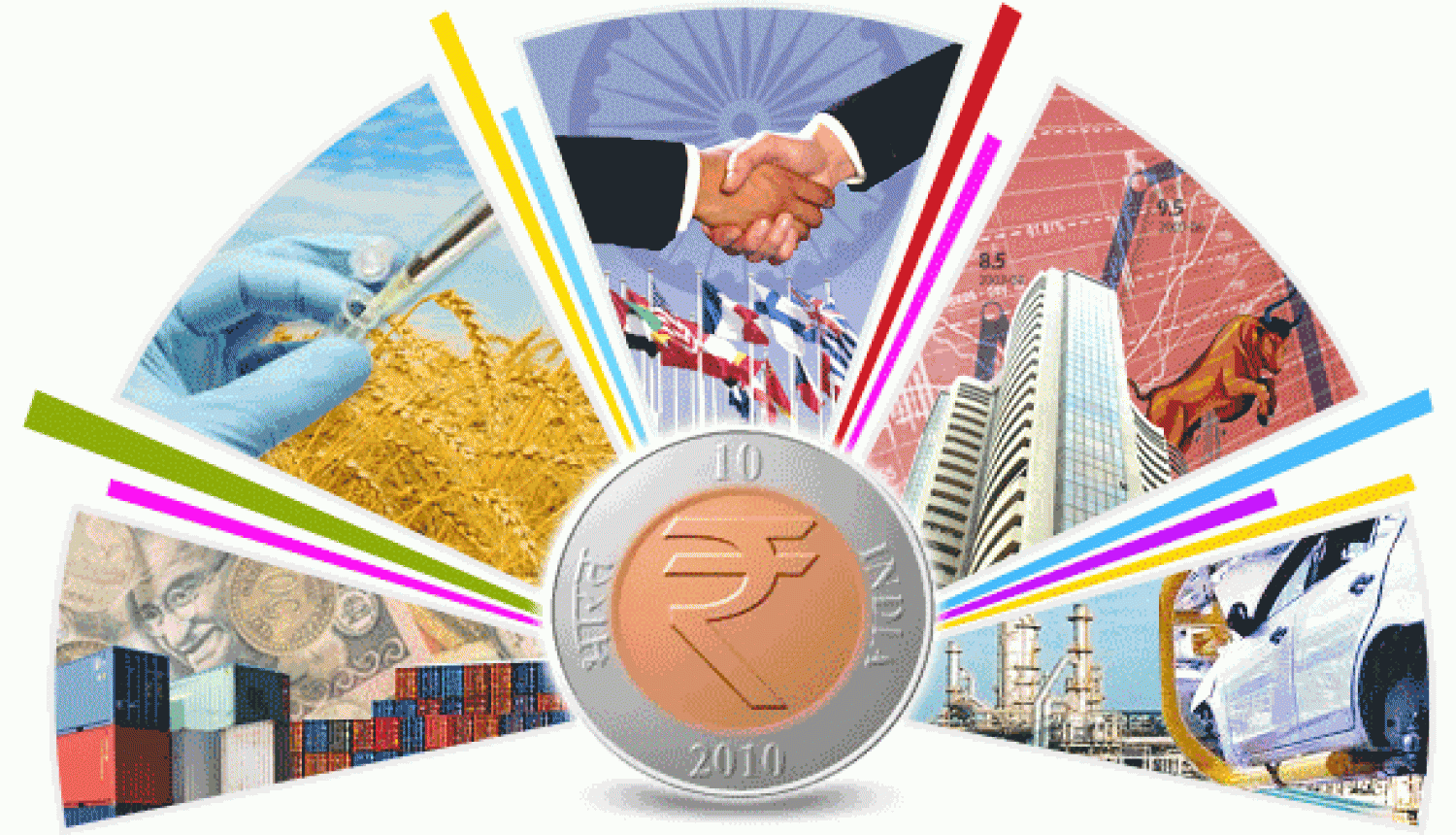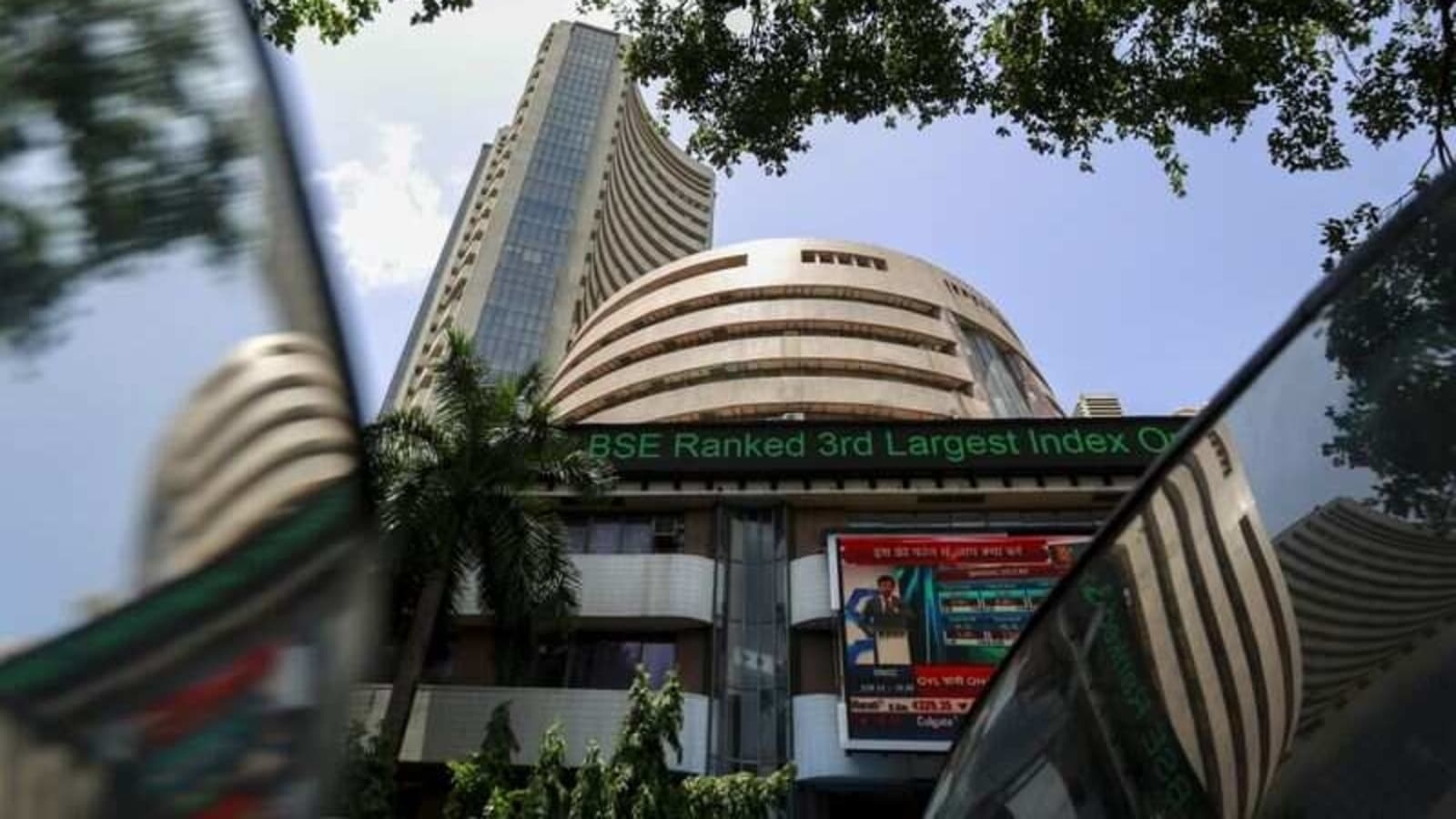India on course to become fastest growing economy despite recession fears

The recession in India has been greatly exaggerated. In a report by the World Economic Forum, it is stated that India will be the fastest growing economy from 2018-2022 and at present on course to maintain this position until 2030. This is despite some concerns about the current financial situation in India, which many have said may result in a recession.
Industry experts are confident that these fears are supposed as they see growth continuing at an accelerated pace and public solid funding raise incentive in capital expenditure. They believe businesses will move from cautious capital spending to investing in higher growth sectors like as formation and technology. Real estate development and agriculture, but, continue to be inactive.
According to the report by the World Economic Forum, India is expected to maintain its place as one of the fastest growing economies in terms of gross domestic product (GDP) until 2030. The country’s contribution to global economic growth will rise from 3 per cent in 2018 to 4 per cent in 2025 and 5 per cent in 2030.
The Indian economy is on course to become the speedy-growing between the BRIC nations in the coming years despite fears of a recession. The country’s GDP growth forecast for this fiscal year is at 7.7% and is expected to grow by up to 10% in 2019, with a potential annual broadening of 9%.
India will be on course to become the world’s third largest economy in less than two decades, surpassing Japan which has maintained its place as number three since World War II, while China remains fourth and Russia fifth. However, India’s nominal GDP size of US$2.597 trillion is still less than 10% of the U.S economy, which has a GDP size of US$18.616 trillion or 11.3 times India’s current size.
The steady growth of the Indian economy is expected to provide investment opportunities for national and foreign firms. However, these increasing opportunities are faced with challenges posed by an increasingly complex environment, which may hinder the performance of businesses seeking to invest in this market.
With the Indian Rupee at an all-time low and the country’s economy struggling to pick up, analysts have predicted that India will become the fastest growing major economy in the world by 2022. The rupee has seen a 12% fall against the US dollar over fears of downturn, with a recession in China and financial turmoil in oil-producing nations also impacting global growth prospects.
By 2022, India is predicted to overtake China for unit labour costs, with a projected growth rate of 5.8% compared to the 5.4% that China is expecting for its economy.
The Indian economy has been growing at 7.4% for the past few years.
India alone grew at 7.4% in 2017-18, according to data released by the Central Statistical Organisation (CSO).
Apart from the Rupee’s fall, the Indian economy has been troubled by a slowdown in the industry. In 2005-06, the industry contributed around 37% of national income. It fell to 33% in 2017-18. A large part of this is due to the slowdown in manufacturing and mining, which is not just worrying for the economy but also for employment prospects. A battle is underway to develop an industrial revolution that can provide sustainable growth.
The fall in the Rupee began after Prime Minister Narendra Modi’s address to the nation on November 8, 2016, when he announced that all 500-rupee and 1,000-rupee notes would cease to be legal tender. The value of the Indian rupee (₹) is determined by supply and demand, as with other free market currencies. The Indian rupee is derived from the coinage system of ancient India, where forgery was discouraged by introducing a concept of a weighted value.
Indian Rupee (INR)
The Reserve Bank of India (RBI) is India’s central bank, headquartered in Mumbai. The RBI holds the exclusive right to coin and print money in the Republic of India. It also serves as a banker by maintaining an asset base and providing banking services to the government, corporations and public sector entities in both rural and urban areas.
India’s central bank is one of the regulators of the financial sector in the country. While the central bank regulates the banking, it does not regulate all financial institutions or banks. It is believed to have extensive ability over the financial sector, including the power to determine interest rates and rules for bank operations. The agency’s regulations for fee collection and lending practices of commercial banks are some of the most stringent in the world.
In addition to the challenges posed by foreign firms, there is also the issue of finding skilled professionals who can drive and implement projects. This lack of experienced professionals in the workforce is a common challenge faced by emerging nations and particularly India. India’s weak education system, poverty, mass migration and a reluctance to move away from farming are some of the reasons that have so far held back human resources development.
The Indian government has attempted to increase the number of skilled professionals in its workforce. In 2006, India’s Minister of Human Resource Development introduced a program to train 1 million engineers over five years. However, according to the World Economic Forum’s report, India will not be able to meet the demand for new engineers over this period.
Indian economy remains resilient despite global headwinds.
India is expected to be the world’s fastest-growing major economy, thanks to diverse and growing sources of demand. The International Monetary Fund (IMF) has forecast that India will be the fastest-growing major economy in the world however, in recent years, there has been increased pressure on India’s growth from global headwinds. These include a slowdown in China, a fall in commodity prices, adverse weather conditions.
The emerging market of India offers an attractive investment opportunity for business. While the Indian economy has struggled with weak exports and stagnant investment, there is still an outperforming growth in consumption, aided by a rise in disposable incomes. The service sector has also significantly contributed to Indian economic growth as more people move into urban areas and take up service jobs.
The Indian Central Bank, the Reserve Bank of India (RBI), has a massive role in India’s economy. This is because it has control over monetary policy and currency regulation. The RBI also has the mandate to maintain price stability. The primary objective of the RBI is to “promote monetary stability”. For this, it monitors developments in prices and foreign exchange rates on a continuously basis and adjusts the country’s monetary policy accordingly. It also provides banking facilities through the issue of bank notes and maintaining the supply of coins.
The Indian economy is the seventh-largest in the world measured by nominal GDP and the third-largest by purchasing power parity (PPP). In 2017, it became the sixth largest global economy based on market exchange rates. India is a member of the G20 developing nations, Group of 24, G33 and BRICS nations. The country has an estimated Gross Domestic Product (GDP) of US$2.
India is on course to become the world’s fastest-growing economy.
India has never had the combined factors needed for sustained economic growth: a youthful population, easy access to finance, a literate workforce, and a desirable investment climate. However, India is currently on course to become the fastest growing major economy in the world by 2022. The country’s GDP (gross domestic product) is expected to rise from $2.62 trillion in 2017-18 to $6.03 trillion by 2027-28.
The demand in India’s services industry, which accounts for around sixty per cent of the country’s economy, is expected to grow at 8.5% between 2017 and 2022. Higher the growth in this sector will be due to rise in demand for banking and financial services as a result of higher foreign portfolio inflows. The sector is also expected to benefit from growth of the government information technology (IT)
As emerging economies start to feel the brunt of global headwinds, India’s economy continues to grow a steadily. In the first quarter of 2017, India’s gross value added (GVA), a measure of each Indian state’s economic output, expanded 7% from a year earlier. This was slower than the 8.7% expansion reported in the previous quarter. However, it was still above the 7.6% growth recorded for India for Q4 2016. The country’s economic growth has slowed steadily in recent years due to several factors, including a rise inflation and slowing investment rates.
The Indian rupee (₹) is the only legal tender in India and is also accepted as legal tender in neighbouring Nepal and Bhutan. It is divided into 100 paise (singular: paisa). The issuance of the currency is controlled by the Reserve Bank of India. The rupees are issued by five reserve banks, namely those headquartered at Mumbai, Kolkata, Chennai, New Delhi and Nagpur.
The Reserve Bank of India (RBI) is the central bank of the Republic of India, and has its headquarters in Mumbai. The RBI plays an integral part in maintaining monetary and financial stability in India, as well as administering monetary policy. The RBI has five significant departments: Department of Currency Management, Department of Banking Operations and Development, Department of Payment and Settlement Systems, Department of the Central Bank Project Office and Department of Economic Research and Publicity.
The Rupee has been relatively stable compared to many other developing and emerging market currencies, despite India’s high inflation rate over the last five years. The money is not pegged to any other money, and the Indian government has not adopted a policy of intervening in the exchange market.
India is one of the world’s fastest-growing countries.
Several countries have sent diplomatic missions to India. The South Asian Association for Regional Cooperation, South Asian Free Trade Agreement, a bloc of former Soviet states and members of the Commonwealth make up its largest trading partners. India also has bilateral trade agreements with 37 members of the European Union. India is also a member of the World Trade Organization (WTO).
The Indian economy has recorded average GDP growth of about 6.5% for the last few years. According to a June 2017 report by the World Bank, the Hindu but not Muslim gender gap in India remains one of the highest in the world and has only widened over time. Nevertheless, a higher female labour force participation rate in India among Muslim women is evident compared to other countries, including Pakistan, Saudi Arabia and Iran.
The Indian economy has not been fragile as well as many other countries. It has proved that it can face economic crises and power through them tremendously. That is why it is one of the few economies in the world that has never defaulted on their international debts. Problems have come, and gone and India has always weathered them well.
The Reserve Bank of India (RBI) is the central bank of the Republic of India. The RBI was established on 1 April 1935 in British India as the Imperial Bank of India, and subsequently nationalised on 19 January 1949, becoming a wholly owned entity of the Government of India. The RBI plays an integral part in maintaining monetary and financial stability in India. The primary objective of the RBI is to “promote monetary stability”, that is, to contain inflation and check volatile economic conditions to promote growth while keeping interest rates low.
India has been a signatory to various international agreements such as the International Monetary Fund (IMF) and the World Bank. The country is currently a member of the World Trade Organization (WTO) and the Bayh–Dole Act. India signed a bilateral copyright agreement with the United States on 26 January 1991, establishing a national copyright regime in India.
The Reserve Bank of India (RBI) Act 1934 was the first legislation that mandated a central bank in the Indian subcontinent. Cotton, gold and silver were legal tenders until 31 December 1937, when the RBI Act 1934 was passed, which allowed the Central bank to replace the institutional arrangements made concerning these three commodities.
The economy of India is a developing mixed economy. It is the second largest in purchasing power and consumer market after China. The country has the third largest economy in nominal GDP, the fourth largest by purchasing power parity, and the fifth largest by GDP (PPP).
India is one of the fastest-growing major economies in the world, with an average annual GDP growth rate of more than 7% for almost two decades. In the year ended 31 March 2012, the economy became the world’s fifth-largest by nominal GDP, surpassing France and Germany. Regarding purchasing power parity, it became the third-largest in 2014 after China and US. India is also a member of G-20 major wealth also BIMSTEC and BRICS.
History and evolution of Indian economy
The Indian economy has a history of being assertive, one of the fastest growing economies in the world. The economy of India has changed a lot over the years. There are periods of rapid growth in agriculture, industry and facilities and time of slow or stagnating growth. The economy of India suffered significant setbacks in the period after the turn of the century due to two world wars, two natural disasters, inflation and bad governance.
However, India look as a strong economic power post-World War II period. In 1945, India had a lower GDP than many Western countries. As a result, it had to get help from other countries like England, the United States and China. It had to accept foreign loans for development that invalid its forex reserves.
The Indian economy has commute much since the turn of the century. Some of the major growth factors have been the discovery of new energy sources and the adoption of new information technology. It is a fast-growing economy. The Indian economy has seem altogether of the world’s fastest-growing economies in the last decade.
Conclusion
India has a total area of 3,287,263 sq. kilometers (1,269,467 sq mi) with a shoreline of 7,517 km (4,671 mi). It is the seventh largest country in Asia, and the second largest country in the world by population. According to a 2011 report conducted by an American think tank Council on Foreign Relations and published by “The Washington Post”, India will overtake United States’ economy in 2018.
The Indian economy has changed a lot in recent decades. The country has made major strides in development, social and technological changes. The Indian economy saw significant setbacks after the turn of the century due to two world wars, two natural disasters, inflation and bad governance.
India has a rich history of being assertive, and one of the fastest-growing economies in the world. The economy of India has interchange greatly ago the turn of the century. Some of the major growth factors have been the discovery of new energy sources and the adoption of new information technology. It is a fast-growing economy.
Though the Indian economy has expand with the help of foreign investments, it still faces many internal issues. There is a wide gap between the haves and have nots in the country’s. India’s Gini coefficient, which measures economic inequality, was 0.466 in 2011. This means that 0.466 per cent of country’s income is going to just one per cent of the population ,which is a lot for a country to have inequality like this.





